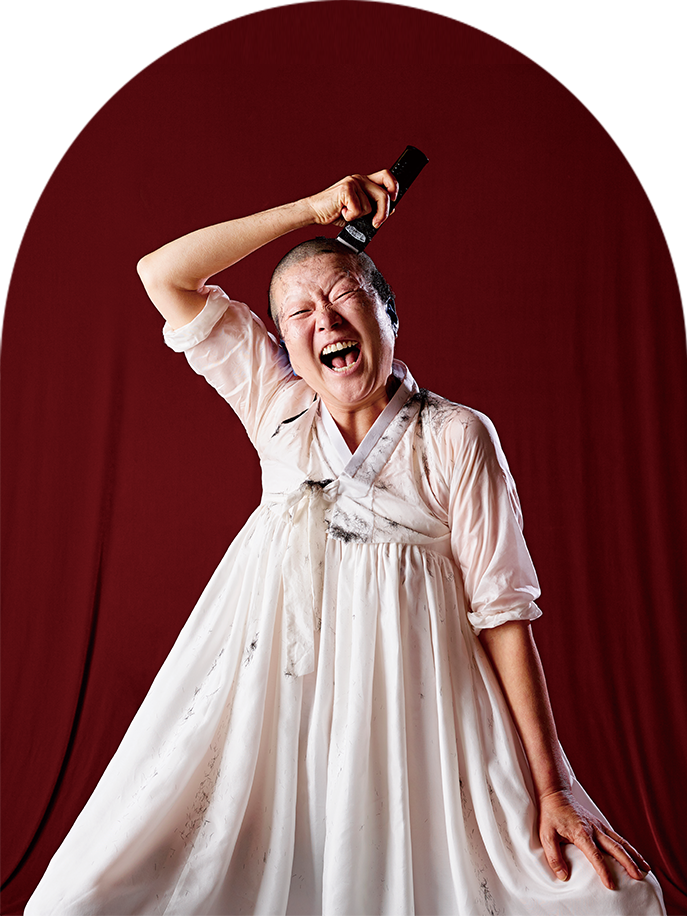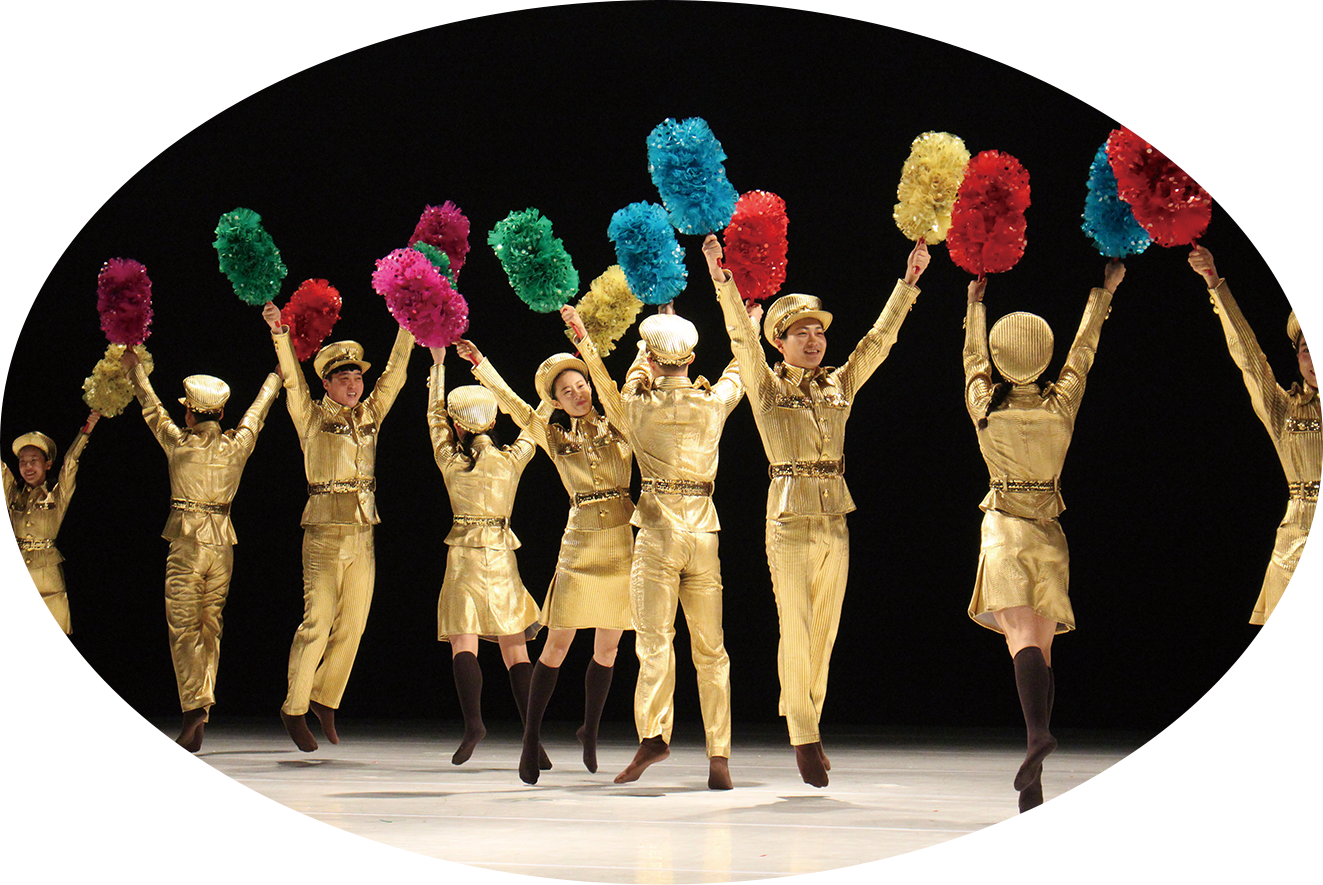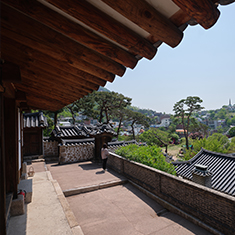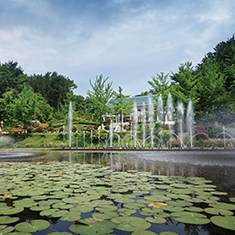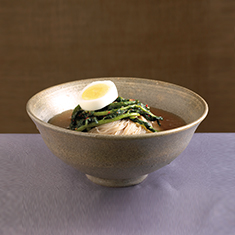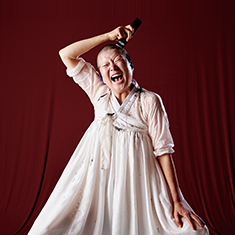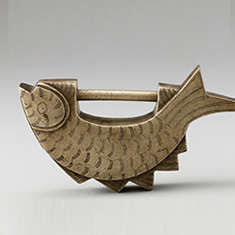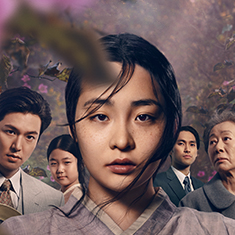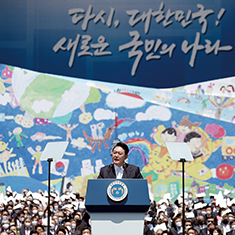Ahn Eun-me has worked on over 150 pieces since her first solo performance in 1988. Non-professional dancers became the protagonists of her work, which treats artistic dance and freestyle dance as equally important. Ahn’s work in the 2010s was quite different from what others were doing at that time. It was anonymous people, not professional dancers, who became the focus of her work.
Together with elderly women who wanted to spend the rest of their lives in a quiet manner, Ahn performed a dance dedicated to their ancestors. She also created a dance called the “Impetuous Dance” for elderly men who were tired of working overtime and struggling to earn a living. Ahn Eun-me was the backbone of the “Down to the Countryside Movement,” a movement which brought out artistic dance. She never looked down on the kind of freestyle dancing that people unconsciously do in their daily lives.
This is because the life of the mumyeongssi (an anonymous person) was intact in the makchum (freestyle dance). The high spirits of freestyle dance rocked Paris in 2015 and 2016. Of her more than 150 works, Ahn chose the following as her favorite: “Let Me Change Your Name!”, “Bari Series,” “Dance to Our Ancestors,” “Sseuri-Sseurirang,” and “North Korean Dance by Ahn Eun-me.” Most of her works were created during her heyday between 2005 and 2018.
According to Ahn, there is a simple reason as to why these five works (out of her 150) have remained the most even to this day. The performances contain traditional art, aspects of society, sorrow and hope. Artistic dance contains a secular nature that severs all relationships. tenacious even to this day. The performances contain traditional art, aspects of society, sorrow and hope. Artistic dance contains a secular nature that severs all relationships.
Breaking Away from the Symbolism of Hair
Q - The shaved head has become your trademark look. Is there any particular reason you’ve kept that look?
There are only two types of women you see when you walk along the streets of Korea: women with problems and female monks. I shaved my head in 1991. Kang Su-yeon shaved her head, appeared in the movie “Come Come Come Upward” (1989) after she shaved her head, and it was a hit. I think Kang Su-yeon and I were the only women who shaved their heads at that time.
I received a positive response in a contest I participated in after I shaved my head, so I can look back and say I made the right decision. Before I did it, I kept asking myself, “Why do you want to shave your head?” I just decided to do it.
I went to a barbershop to get my hair shaved instead of a hair salon. I stood in front of the mirror after I shaved my head, and I thought I looked pretty. I felt good. My hair didn’t actually weigh that much, but it felt like my head had been lifted above gravity after I shaved my head.
Q - So, you eventually discovered the real reason you wanted to shave your head?
I was curious when I was younger, so there were a lot of things that I liked. Besides the violin, I also worked hard in swimming and skating. I was also interested in history. My ability to handle musical instruments stood out more than my skills in other areas.
Even after I shaved my head, I still felt like something was holding me back. I could feel it as a dancer. Dressing up felt too formal for me back then. So, for the contest, I removed my top and painted my body red from head to toe. People were incredibly shocked. I was 28 when I did that.
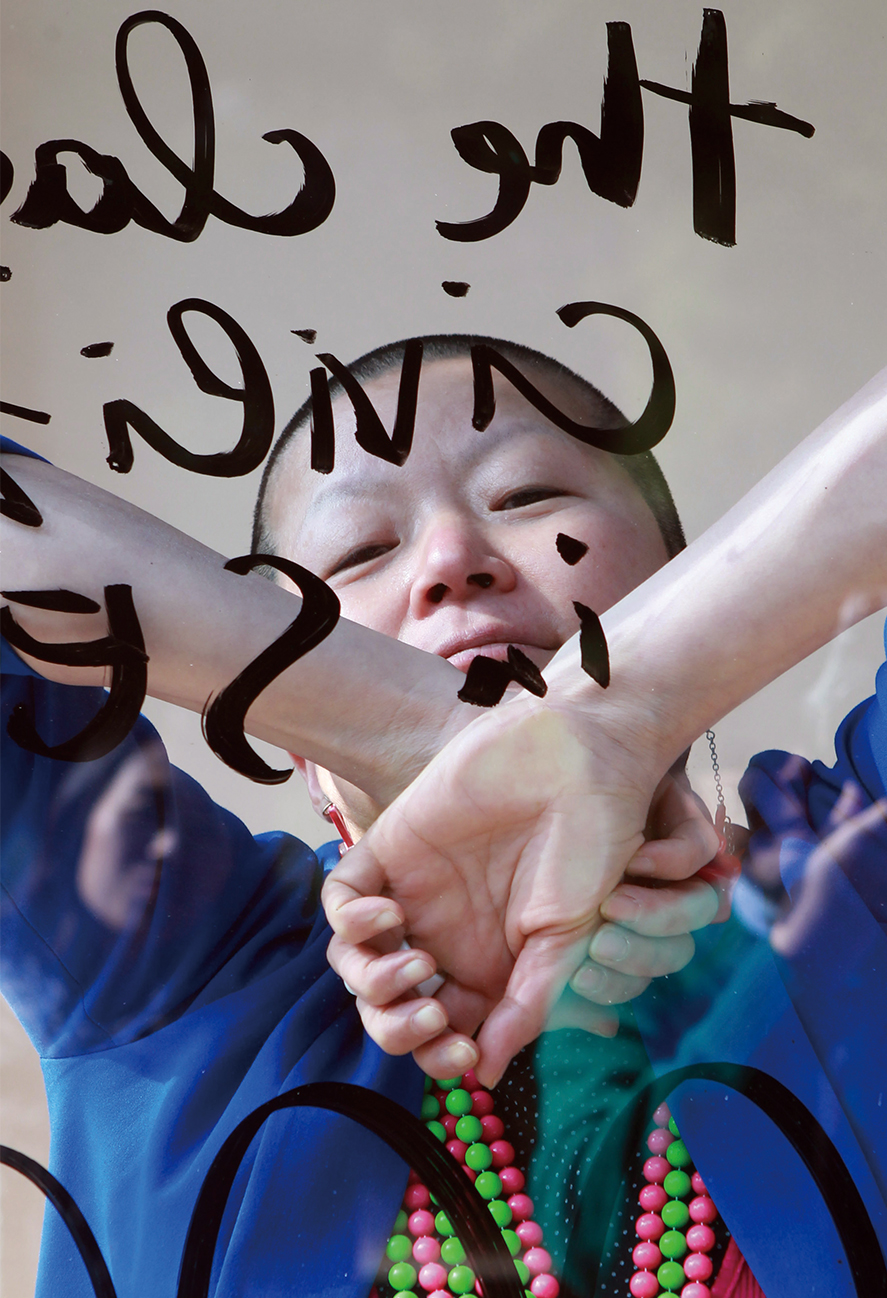
Ahn has earned attention for her provocative and unconventional dances that break with conventional practices. © Yonhap News
Ahn Eun-me’s Dance Flows
Down to the People
Q - If there was a code that stands for dancing together, like what we see in your “Dance” series, what would it be?
I would say it’s finding and enjoying the moment you can be yourself through dance. I presented the “One Minute, 59 Seconds Project” in Paris in 2016. People of all ages, from children to the elderly, were onstage for just one minute and 59 seconds. They expressed themselves by using their bodies to tell a story. I showed them how to use their bodies to genuinely express their intentions and feelings.
After the performance, a young Parisian came up to me and said, “Eun-me, your performance makes me want to think of things I can do every day.”
Q - You’ve met a lot of people through dancing. How have people responded to you?
A lot of people have called me a “strong unnie” (a term used by a female to address a female older than them), but I think “robust” or “brave” would fit me better. I actually think I’m more of an “honest unnie.” No matter how unpredictable it may seem, I always feel anxious when it comes to breaking through things to create something new. Whenever that happens, what is needed is an inner decision and that power determines the direction of an unstable life.
I knew that I needed to push myself if I wanted to see results, so I deliberately remained unemployed. That’s how I’ve lived my life. I was quite poor, but I felt the happiest when I was around other people. I never would have been able to create the “Dance” series without this driving force.
“Dance to Our Ancestors” has successfully been performed across borders, which means that people in other countries can understand the power of being with others. It is at this point that the functions and roles of today’s dance come into play. I’m the type of person who searches for spaces and moments that require dancing in this society.
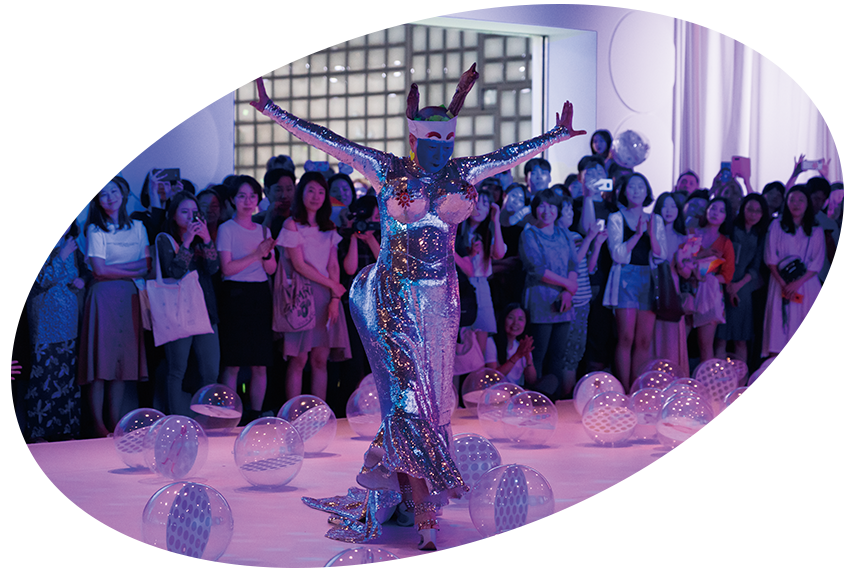
Exhibition and performance from the Seoul Museum of Art’s ‘Known Future’ exhibit.
The New World of Dance,
and the One Not Yet Seen
Q - It seems that changes will occur in the art world due to the COVID-19 crisis.
With the advent of the Internet, it has become more natural for people to interact through a screen than it is to interact directly in person. We have gone beyond the era of in-person teaching and learning as more and more people are learning through YouTube.
But the body remembers and knows. It’s not healthy to be cut off from the outside and trapped in your own space. It is the mind that controls the body. Difficult times such as these can create that kind of spirit. I hope people can see this situation as an opportunity to learn how to enter a new era.
I would always try to look for new ways of approaching things whenever I was faced with a difficult situation. This period will surely be remembered as the time when young people (those who will become the leaders of the new era) contemplated and prepared for their future.
We may not be able to actually gather together and dance since we are still keeping our distance from others, but I believe there will be a new form of dance waiting for us that can help us get through these difficult times.
I hope we will find the strength to break through the impasse and overcome this crisis! People got up on both feet and danced happily whenever we reached a new era. Dance will continue to live on as our “new language of hope.”


